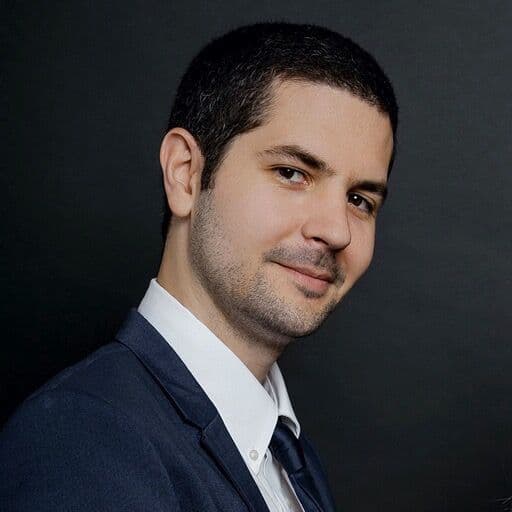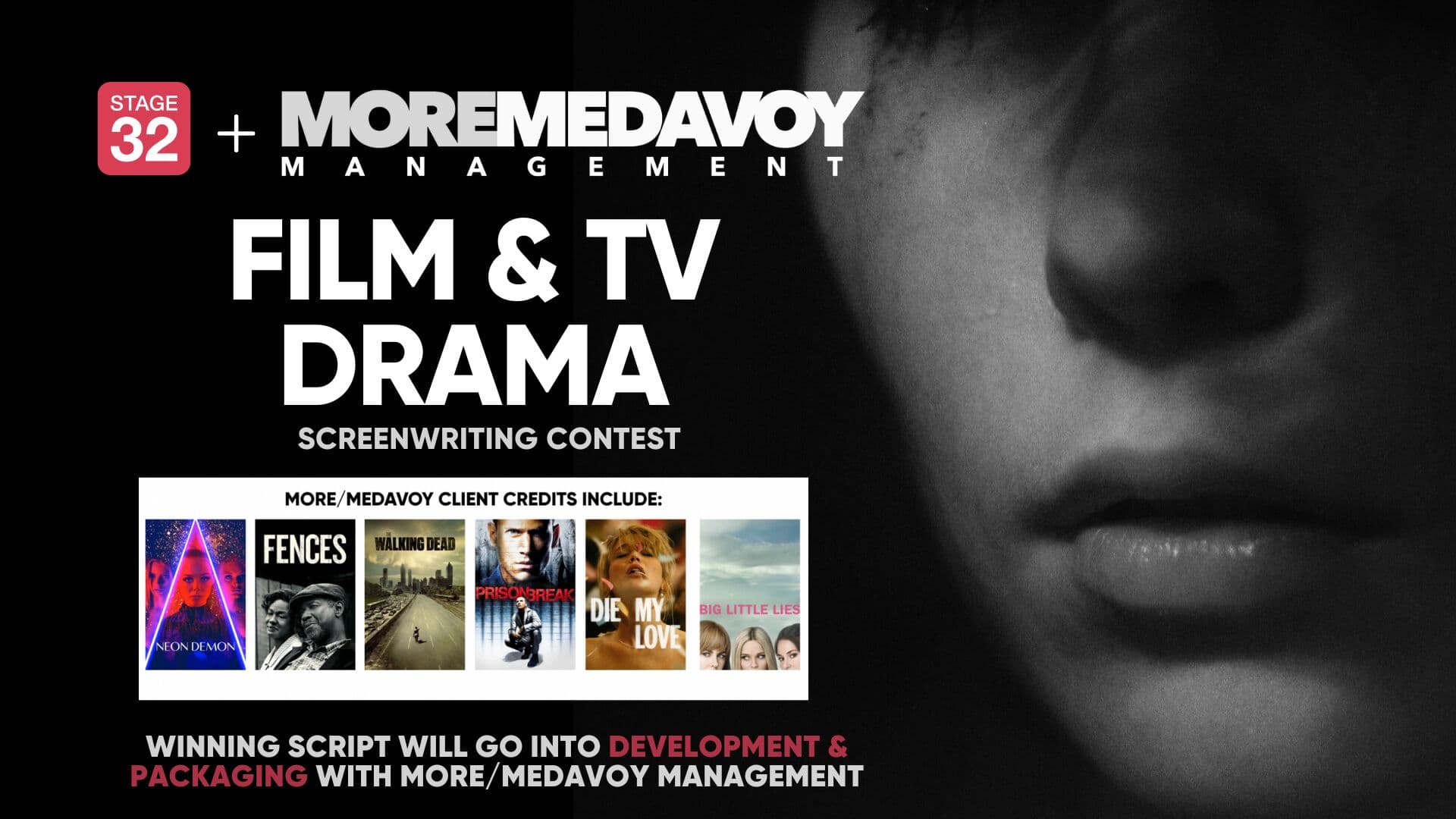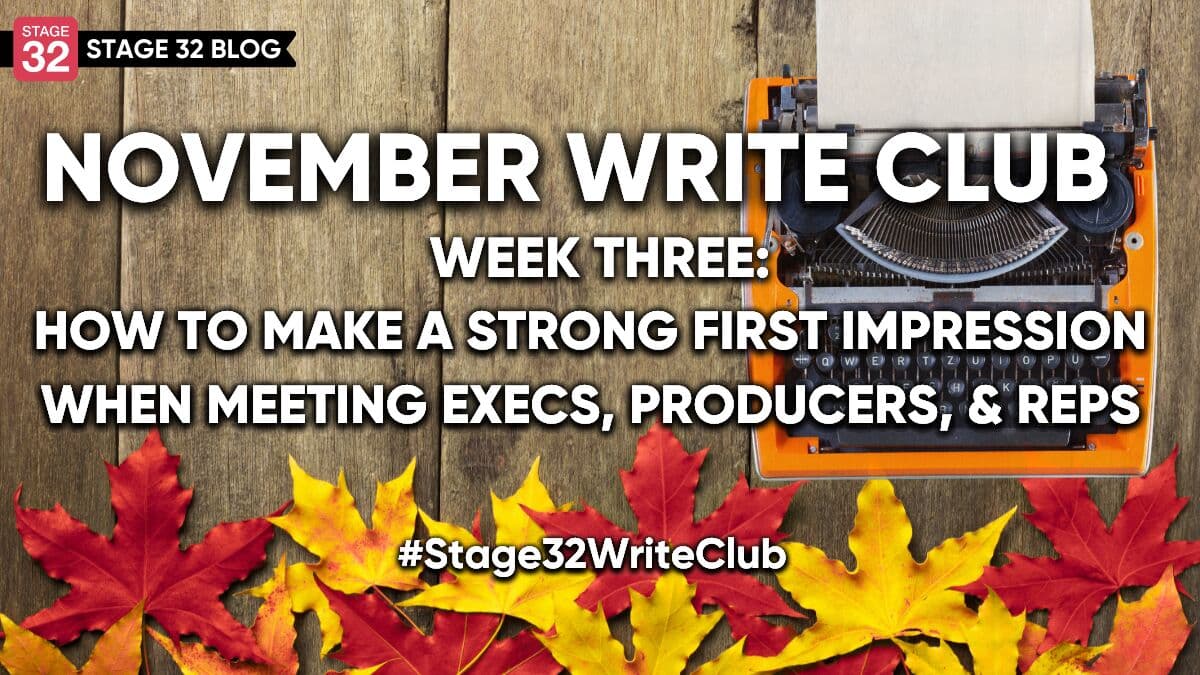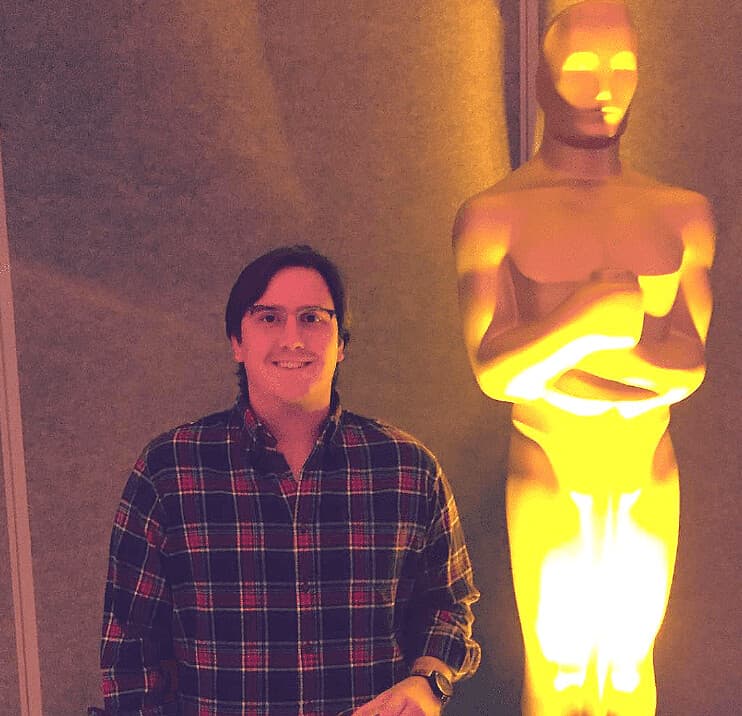How To Shoot Horror Films That Scare The Bejesus Out Of Your Audience!

How To Shoot Horror Films That Scare The Bejesus Out Of Your Audience!
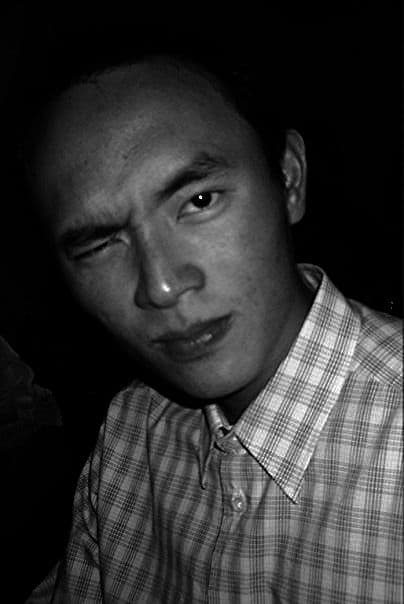
In this survival guide, I'll be focusing on a checklist of things to keep in mind when shooting a horror film. It's no surprise that horror films cost less to produce and shoot. A good example is Jordan Peele’s Get Out. James Wan made his career with the SAW franchise. Horror films bring in lots of money at the box office and audiences flock to the screen to get their fright on! With that in mind, let's dive right into the belly of the beast.
Costume & Make-up Design

If there is one thing you should spend your money on, it's make-up and costumes. Some of the most iconic, creepy characters are created by the wonders and talent of the make-up artists. This is the stuff that gives rise to nightmares! The clown from IT, the creepy kid from The Exorcist, the vengeful spirits from The Ring and The Conjuring, even the demon nuns in The Nun, etc. I wonder what’s next, an evil fireman from hell?
Blood & Gore

There is good blood and bad blood. Movie theatrical blood looks real and is easily washable. Corn syrup blood, on the other, hand is sticky and the consistency varies. Spend money on good make-up artists and they will make your horror film shine.
Atmosphere & Location
Atmosphere and mood are important elements that should be etched on your checklist. The right atmosphere and mood go hand in hand in horror films, just like peanut butter and jelly. Atmosphere can be added and created on set. My favorite atmospheric tool is a water-based hazer. Before I go into the pros and cons of different types of hazers, let me start by explaining why a hazer could be your best friend. First, the hazer diffuses your light source, giving it a more balanced look. Second, hazer adds a layer of mystery ‘effect’ to your locations.
Speaking of location, finding the right location should be your top priority. It goes without saying that I’m an advocate of finding the right location. I believe that location is a character itself. For example, if your story is about evil spirits, finding the right house will help sell the illusion and perception.
Set design is also very important. For example, The Saw franchise always starts in a cramped room or warehouse. In my opinion, good production design will make your cinematography look even better.
Water-Based Hazer vs Oil-Based Hazer

There is no excuse not to include a hazer in your production. You can buy a decent water-based hazer for $200 bucks. The one I like to use is Chauvet DJ Hurricane Haze. If you need to smoke up a bigger room, the Chauvet Hurricane Haze 4D can be purchased for $450. On the other hand, oil-based hazers are what you see in concerts and theater shows. Oil-hazers are more expensive to run, but on the upside, they run for a long time before needing to be refilled. Water-based hazers run out a lot faster than oil. Here are some more pros and cons:
Water Based Pros & Cons
PROS:
- Silent to run, your sound guy will love you!
- Easy to clean up after use.
CONS:
- You need to use more fluid than usual.
- You may set off fire alarms, no fun! (Trust me.)
Oil Based Pros & Cons PROS:
- Takes longer to dissipate and hangs in the air better.
- Will not set off fire alarms and your AD will love you!
CONS:
- Loud to operate, not ideal for film.
- Will leave oily residue on surfaces
I prefer water-based hazers for film work but do keep in mind that it may set off fire alarms. It happened to me once on set, but luckily the fire truck didn’t show up, or the AD would have had my head on a spike!
Lighting
Lights or the absence of lights is what makes a horror film shine, so to speak. If you have the budget, deploying a few daylight-balanced lights is crucial. One of my go-to lights is the Arri M18., a light that can be plugged into a wall circuit.
Couple that with blue gels and you can simulate moonlight. This of course, depends on your story. You can make use of LED lights, too. If you have a low-budget horror, the absence of light is key. So make use of ambient lights, street lights, candlelight, china balls, small 60w bulbs…etc. Experiment and work with your gaffer to come up with different ideas.
Horror films are scarier if you shoot at night. Shadows are your best friend. One way to create depth in your actors is to cast shadows on their faces. Darkness will also create an air of mystery and keep the audience on edge. Sometimes not showing too much can heighten the scare factor.
Camera Shots

Most horror films make use of these holy trinity of shots: POV, Handheld, and Dutch Angle.
POV simply means Point of View. It can be shot from the point of view of the creature/killer or the victim. If there is a chase or tense sequence, for example, a Handheld shot is effective in conveying the message. The shaking and the jerking motion of the camera adds a tense element to the scene. Remember the film, Blair Witch Project? It had a lot of shaky footage and handheld shots. It definitely gave the audience a good scare!
Finally, there is the Dutch Angle. Imagine tilting your head to the side. Now apply that to your camera shots. This is often used to portray psychological uneasiness or tense action in order to cause disorientation to the viewer. Tim Burton and Sam Raimi frequently used this technique in their films.
Music
The last piece of the puzzle in any horror film is music and sound effects. Again, this is one area you should pay attention to and spend your money on. Getting the right composer is crucial for your horror film. Tense music and various sound effects can affect the viewer's mood and feelings. Inserting the right track at the right cue can create a massive emotional impact on your audience. Stage 32 is a great resource for finding and collaborating with composers.
Well there you have it, another survival guide for your reading pleasure! Please check out my previous survival guide on documentary shooting. And should you wish to collaborate with me in your upcoming projects, please feel free to get in touch. Happy shooting!
Let's hear your thoughts in the comments below!
Got an idea for a post? Or have you collaborated with Stage 32 members to create a project? We'd love to hear about it. Email Ashley at blog@stage32.com and let's get your post published!
Please help support your fellow Stage 32ers by sharing this on social. Check out the social media buttons at the top to share on Instagram @stage32 , Twitter @stage32 , Facebook @stage32 , and LinkedIn @stage-32 .
About the Author

Shawn Yeo
Cinematographer, Director
I'm an independent filmmaker and cinematographer, i love every aspect of film production and being on set! I constantly find myself learning new things everyday as the industry evolves; story is king and i am here to serve your vision so please do not hesitate to reach out! I love to share my ex...

